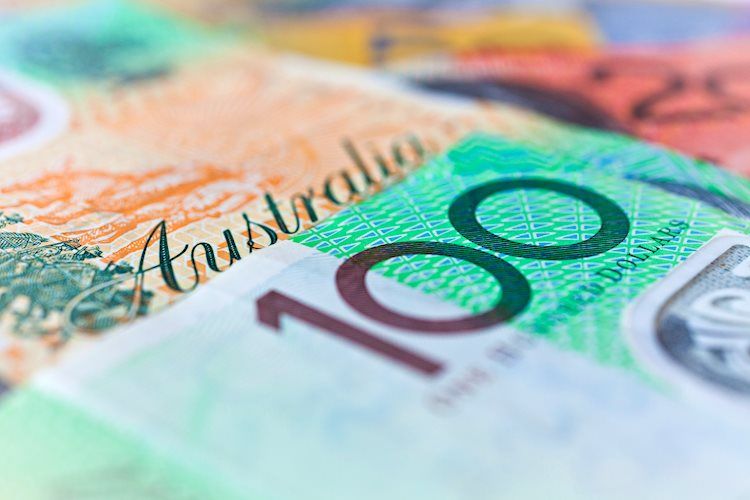- AUD/USD declined 0.12% for the day, marking a significant weekly drop from 0.6522 to 0.6338.
- The RBA’s 25 bps rate hike under new Governor Michele Bullock’s leadership fails to provide a bullish impetus for the Aussie.
- Jerome Powell’s hawkish tone on US monetary policy adds to the AUD’s woes, with China’s economic slowdown posing additional risks.
The AUD/USD dropped 0.12% daily and extended its substantial losses during the week, which has witnessed the pair traveling from a weekly high of 0.6522 toward a low of 0.6338. At the time of writing, the pair trades at 0.6358.
Australian Dollar struggles as RBA rate hike fails to inspire, while Fed Chair’s remarks bolster the US Dollar
Some reasons behind the AUD/USD price action are linked to central banks, with the Reserve Bank of Australia (RBA) hiking rates 25 bps from 4.10% to 4.35%. However, it failed to deliver a hawkish stance, which was the first monetary policy decision headed by Governor Michele Bullock. On Tuesday, that sent the pair into a tailspin, plunging more than 50 pips or 0.81%.
Despite that, dovish remarks by several Federal Reserve members kept the AUD/USD afloat until Thursday, when Fed Chair Jerome Powell was more hawkish than expected. He commented that US central bank policymakers are unsure whether the current monetary policy stance is sufficiently restrictive, emphasizing that they would raise rates if needed. In his speech, he acknowledged that inflation is slowing down but remains above the 2% target.
Given the backdrop, the AUD/USD failed to extend last week’s uptrend, hampered by fundamentals and market sentiment. In addition to that, a deflationary scenario in China, hurts the prospects of the Aussie (AUD), due to Australia’s dependence on its largest trading partner. A further deterioration of China’s economy would dampen Australia’s prospects, suggesting that further AUD/USD weakness lies ahead.
The following week, the Aussie’s economic docket would feature NAB Consumer Confidence and jobs data. On the US side, inflation data, unemployment claims, and Fed speaking would provide some clues regarding the US economy’s status.
AUD/USD Price Analysis: Technical outlook
AUD/USD price action portrays the pair reversing most of its losses during November, with bears remaining in charge. An initial ‘evening star’ chart pattern opened the door for consolidation, but a drop below the November 7 low of 0.6403 exacerbated the plunge below the 0.6350 mark.
The formation of an ongoing hammer could pave the way to consolidate the AUD/USD at around current exchange rates, but if sellers push prices below 0.6300, that could pave the way to test the year-to-date (YTD) low of 0.6270. On the other hand, if buyers lift the AUD/USD past the 50-day moving average (DMA) at 0.6387, that could open the door to reclaim 0.6400, ahead of retesting 0.6500.
